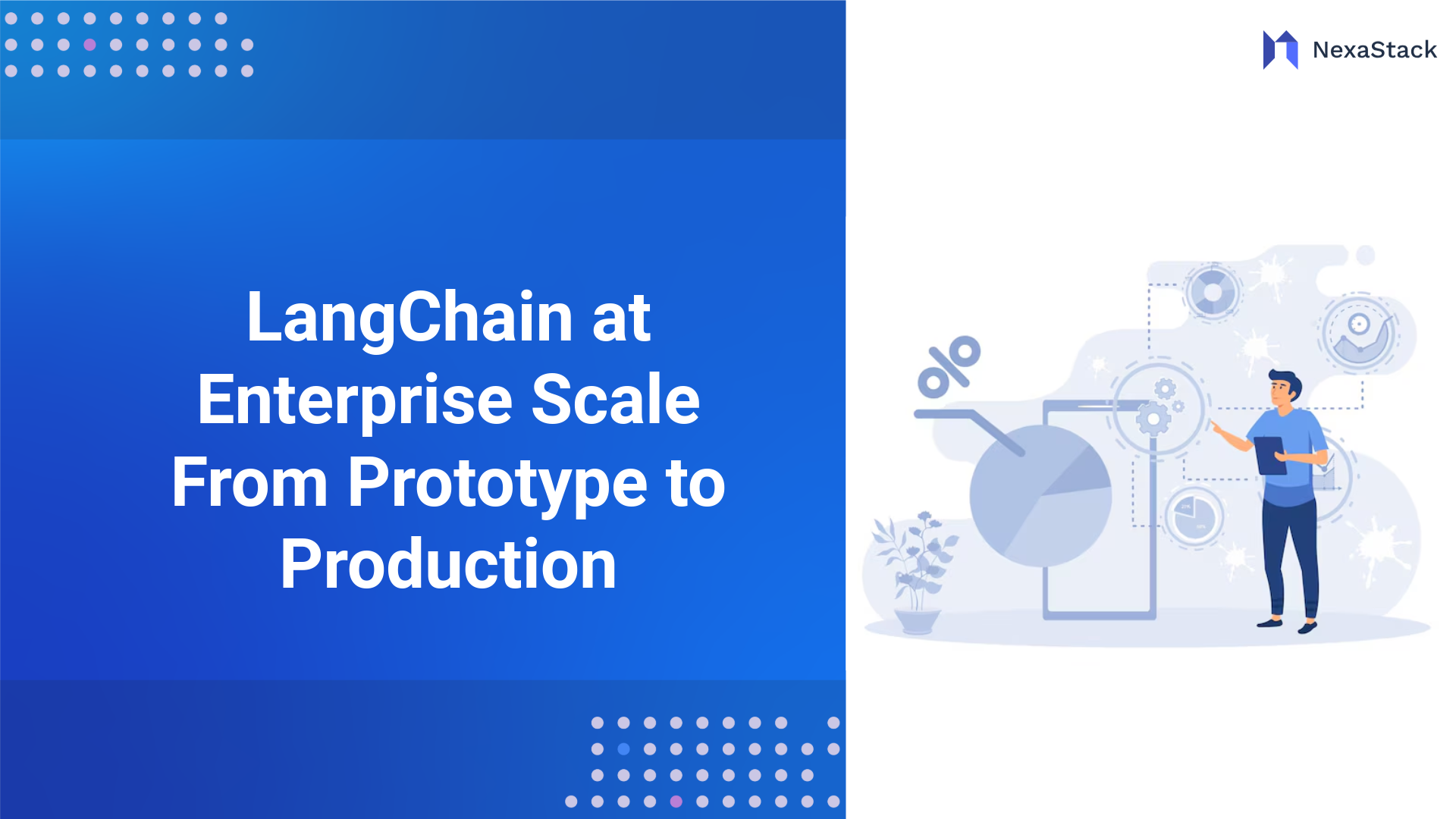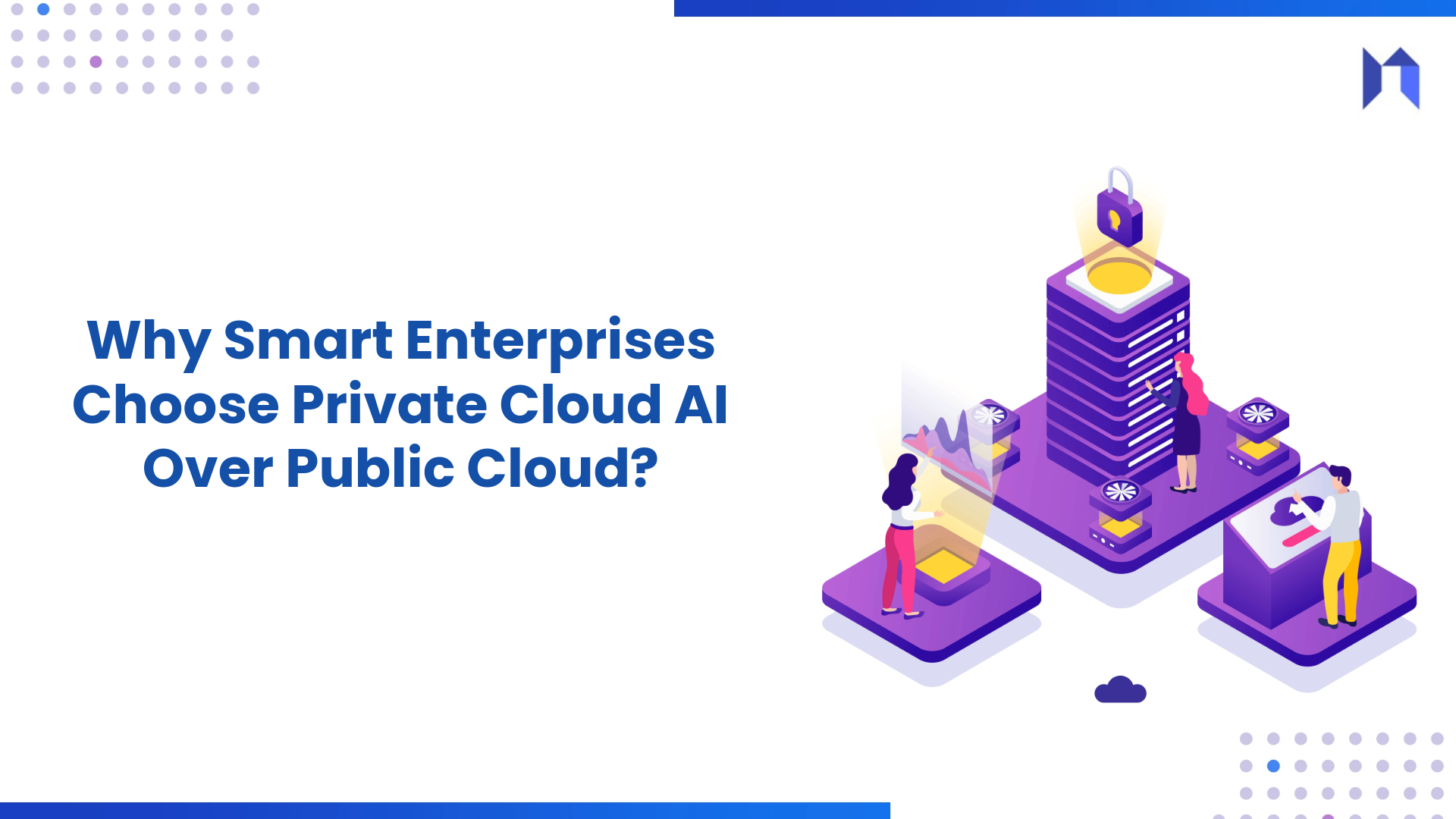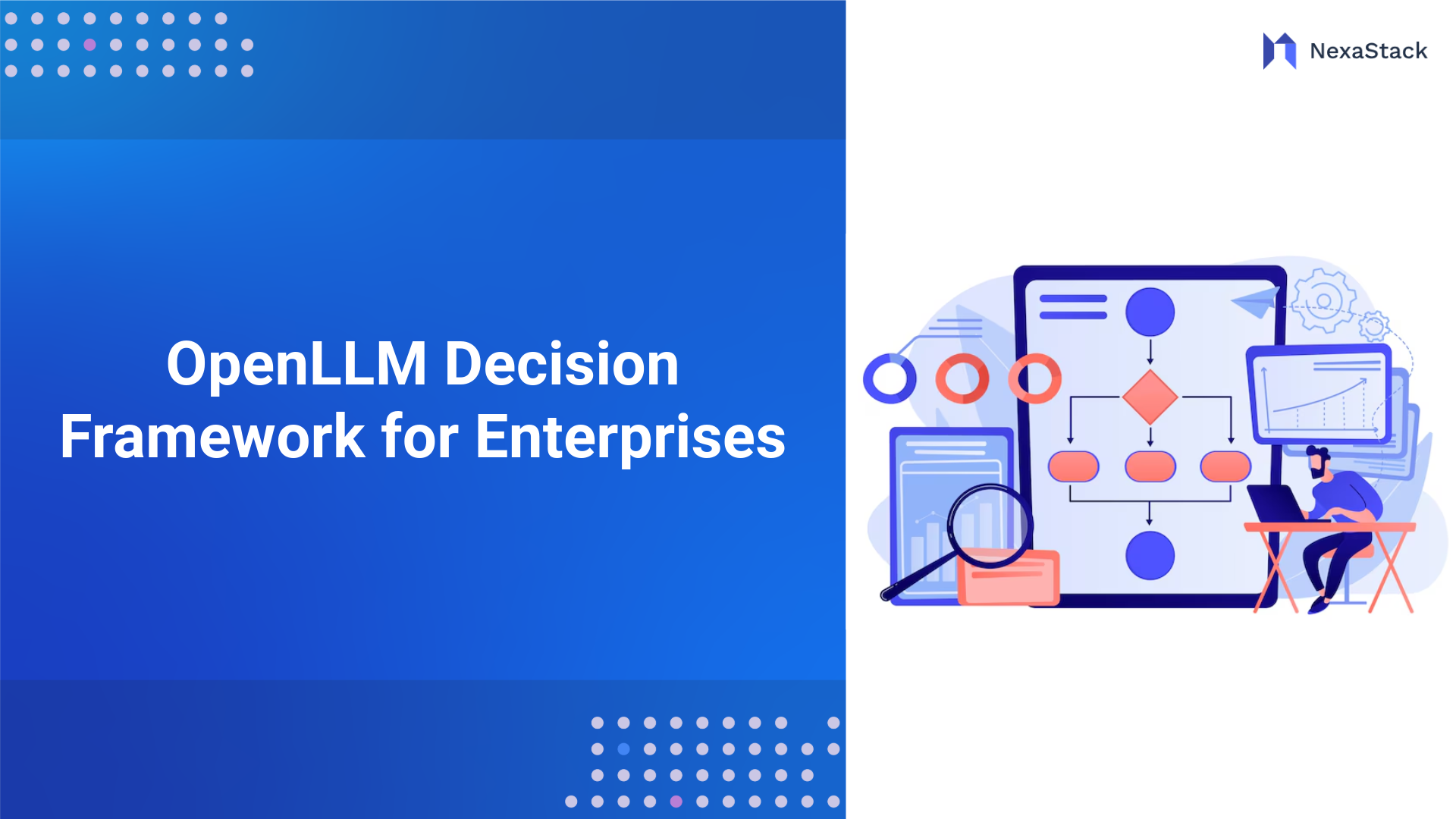CI/CD: Keeping Agents Agile and Up-to-Date
Continuous Integration and Continuous Deployment (CI/CD) are DevOps staples, enabling teams to ship code frequently and reliably. CI/CD is a game-changer for agents, especially given their need for regular updates.
-
Continuous Integration: Developers can merge code changes (e.g., new agent features or bug fixes) into a shared repository daily. Automated tests ensure these changes don’t break the agent’s core functionality.
-
Continuous Deployment: Once validated, updates deploy automatically to production. For an AI agent, this might mean rolling out a retrained model with improved accuracy.
Take a fraud detection agent in a banking app. With CI/CD, you can integrate new fraud patterns into its logic and deploy updates in real time, keeping it ahead of cybercriminals. This agility mirrors DevOps’ focus on rapid, reliable delivery, and it’s a natural fit for agents that need to evolve with their environments.
Monitoring and Feedback: Keeping Agents in Check
Agents aren’t “set it and forget it” systems. Their autonomy demands constant oversight to ensure they’re performing as expected. DevOps’ emphasis on monitoring and feedback loops is tailor-made for this.
-
Real-Time Monitoring: Tools like Prometheus or Grafana can track agent metrics—response times, error rates, or resource usage. For an AI agent, you might monitor prediction accuracy or drift in behaviour.
-
Logging: Centralized logging (e.g., ELK Stack) captures agent actions, making it easy to debug issues or audit decisions.
-
Feedback Loops: Use insights from monitoring to refine agents. Feedback can trigger retraining or code tweaks if a virtual assistant misinterprets queries.
Consider a logistics agent optimizing delivery routes. Monitoring might reveal it’s overprioritizing short distances, ignoring fuel costs. A DevOps feedback loop would catch this, adjust the algorithm, and redeploy, ensuring the agent stays effective.
Infrastructure as Code: Scaling Agents Effortlessly
Agents often operate in dynamic, distributed environments, requiring flexible infrastructure. DevOps’ Infrastructure as Code (IaC) principle—using tools like Terraform or Ansible—makes this manageable.
With IaC, you define infrastructure (servers, networks, storage) as versioned scripts. Need to scale an agent fleet during a traffic spike? Update the code, and your cloud provider (AWS, Azure, etc.) spins up resources automatically. This repeatability eliminates manual setup headaches and ensures consistency across development, testing, and production.
For instance, a swarm of IoT agents managing smart home devices could scale seamlessly with IaC. As more homes adopt the system, infrastructure grows to match—mirroring DevOps’ scalability ethos.
Scalability and Resilience: Building Robust Agents
Agents must handle varying loads and recover from failures, especially in mission-critical applications. DevOps principles like load balancing, redundancy, and chaos engineering ensure they’re up to the task.
-
Scalability: Use Kubernetes to distribute agent workloads across clusters, scaling horizontally as demand rises.
-
Resilience: Implement failover mechanisms so that if one agent instance crashes, another takes over. Regular chaos testing (e.g., with Chaos Monkey) can validate this.
-
Resource Optimisation: Balance compute-heavy tasks (like AI inference) with lightweight agent logic to avoid bottlenecks.
Picture a healthcare agent monitoring patient vitals. DevOps practices ensure it scales during a hospital surge and stays online despite network blips—delivering reliability that patients depend on.
Challenges in Aligning DevOps with Agent Development
While the alignment is powerful, it’s not without hurdles:
-
Skill Gaps: Teams may lack expertise in both DevOps and agent tech (e.g., AI/ML).
-
Tooling Complexity: Integrating agent-specific tools (TensorFlow, PyTorch) with DevOps pipelines can be tricky.
-
Ethical Oversight: Autonomous agents raise ethical questions (e.g., bias in decision-making) that DevOps workflows must address.
Overcoming these requires training, experimentation, and transparent governance—steps worth taking for the payoff.
Real-World Examples of DevOps and Agents in Action
-
Netflix: Its recommendation agents evolve via CI/CD pipelines, delivering personalized content at scale.
-
Google: Autonomous agents in Google Cloud use IaC and monitoring to manage vast infrastructure.
-
Tesla: Self-driving car agents rely on automated testing and deployment to refine their algorithms.
These giants show how DevOps principles supercharge agent development, driving innovation across industries.
DevOps and agent development aren’t just compatible—they’re complementary. You can build and deploy faster, more intelligent, and more reliable agents by applying collaboration, automation, CI/CD, monitoring, IaC, and resilience. Whether you’re crafting AI-powered assistants or distributed IoT agents, this alignment streamlines the process from code to production.
Ready to harness this synergy? Start small—automate a training pipeline or set up basic monitoring—and scale from there. The future of tech is autonomous, and with DevOps in your corner, your agents will be ready to lead the charge.





